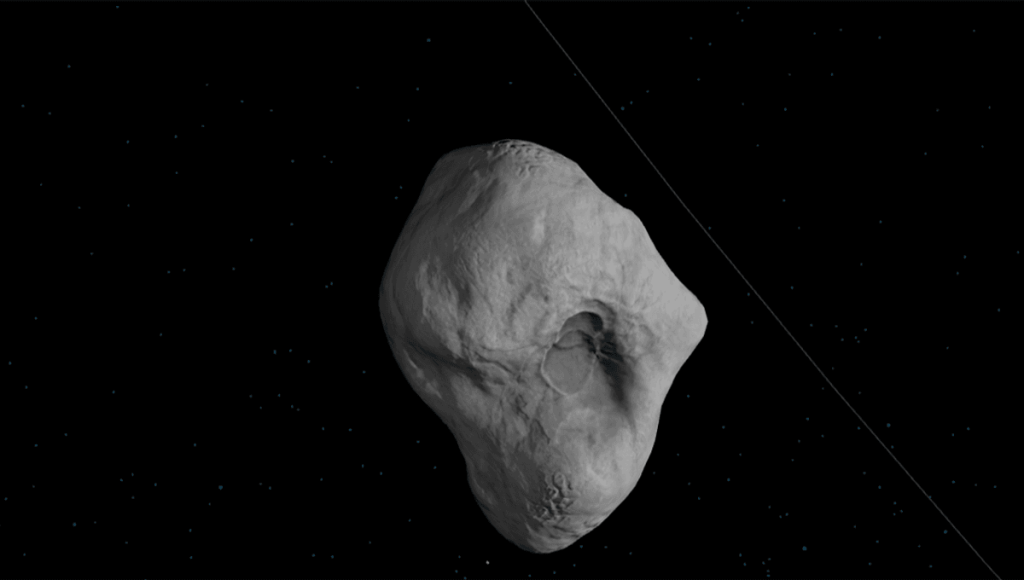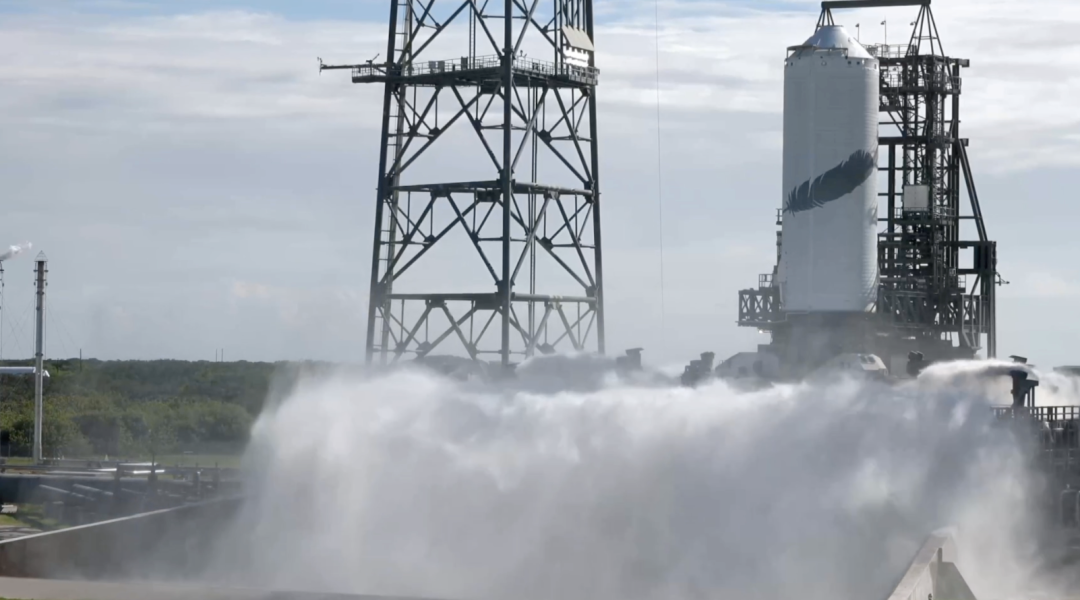Rare 4-Kilometer-Long Asteroid 887 Alinda Makes A Spectacular Close Approach To Earth – IFLScience

CLOSEWe have emailed you a PDF version of the article you requested.Please check your spam or junk folder You can also addnewsletters@iflscience.comto your safe senders list to ensure you never miss a message from us.CLOSEComplete the form below and we will email you a PDF versionGET PDFCancel and go backIFLScience needs the contact information you provide to us to contact you about our products and services. You may unsubscribe from these communications at any time.For information on how to unsubscribe, as well as our privacy practices and commitment to protecting your privacy, check out ourPrivacy PolicyCLOSEComplete the form below to listen to the audio version of this articleListenCancel and go backIFLScience needs the contact information you provide to us to contact you about our products and services. You may unsubscribe from these communications at any time.For information on how to unsubscribe, as well as our privacy practices and commitment to protecting your privacy, check out ourPrivacy PolicyAdvertisementSearchSubscribe today for our Weekly Newsletter in your inbox!Subscribe today for our Weekly Newsletter in your inbox!James FeltonJames FeltonSenior Staff WriterJames is a published author with four pop-history and science books to his name. He specializes in history, strange science, and anything out of the ordinary.BookView full profileBookRead IFLScience Editorial PolicySenior Staff WriterFrancesca BensonCopy Editor and Staff WriterFrancesca Benson is a Copy Editor and Staff Writer with a MSci in Biochemistry from the University of Birmingham.BookView full profileBookRead IFLScience Editorial PolicyDOWNLOAD PDF VERSIONAsteroid 887 Alinda.Image credit: NASA’s Eyes On AsteroidsDOWNLOAD PDF VERSIONA large asteroid is about to make its closest approach to Earth in 100 years. Over the coming days, it’s so close you should be able to observe it yourself with only the aid of binoculars. Asteroid (887) Alinda was first discovered by German astronomer Max Wolf at Heidelberg Observatory on January 3, 1918. While asteroids can range in size from the truly giant Ceres – really a dwarf planet with a diameter of about 940 kilometers (585 miles) – to around 2 meters (6 feet) across, objects larger than 1 kilometer across make up a small percentage of the near-Earth asteroid population. With an estimated diameter of 4.2 kilometers, around Manhattan Island’s width, (887) Alinda is somewhat of a rarity – and a biggie.As explained by the Virtual Telescope Project, the asteroid is one of the five largest asteroids to approach the Earth at a distance closer than 15 million kilometers (9.3 million miles) from now until the year 2200.While not deemed a potentially hazardous asteroid, as its orbit has been predicted to not set it on course with Earth, its eccentric orbit will still give us a few close encounters. On its closest approach in a hundred years, taking place today, the asteroid will be 0.08220 Astronomical Units (AU) away from Earth, with one AU being the distance between the Earth and the Sun. While that may look fairly close – and it is in astronomical terms – that’s 12.3 million kilometers, or 32 times the average distance to the Moon. At this distance, the object will be pretty bright in the sky for the next 10 days. The Virtual Telescope will provide a live feed of the object, starting January 8, 2025, 20:30 UTC. If you miss the livestream, there will be another on January 12, beginning at 17:30 UTC, when the object will peak in brightness. However, you should also be able to see the object with binoculars or a small telescope, especially in the Northern hemisphere, in the constellations of Orion and Gemini. An object this bright, large, and close only comes around once every decade.After its close approach, 887 Alinda won’t make another close approach until January 25, 2087, when it will come within 0.16633 AU from Earth.nasa,asteroids,close approach,Astronomy,amateur astronomylink to articlelink to articlelink to articleAdvertisementAdvertisementAdvertisementlink to articlelink to articlelink to articleSign up today to get weekly science coverage direct to your inbox© 2025 IFLScience. All Rights Reserved. RSS






